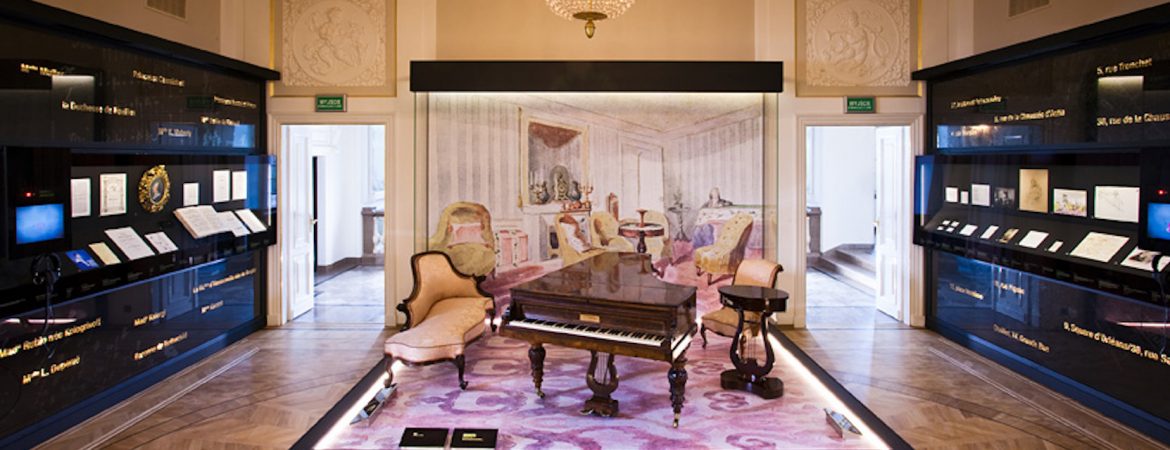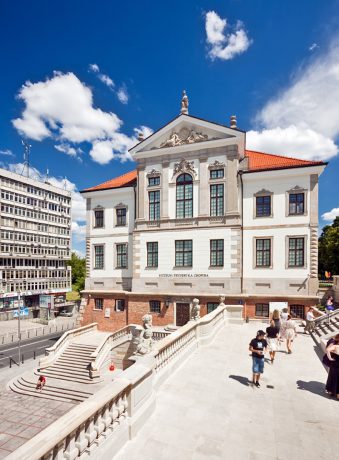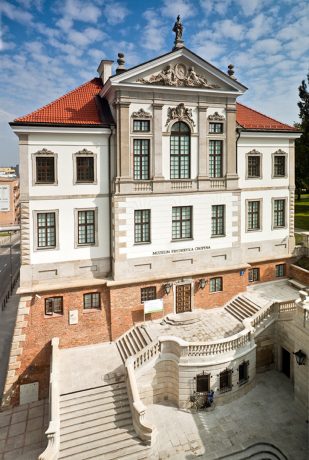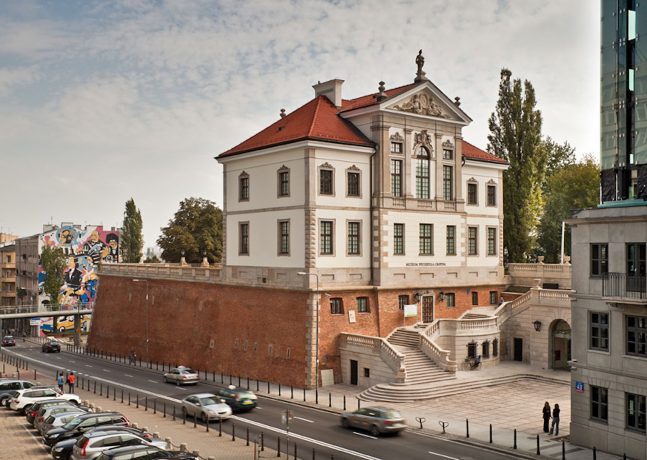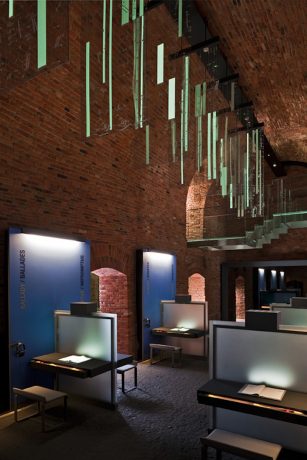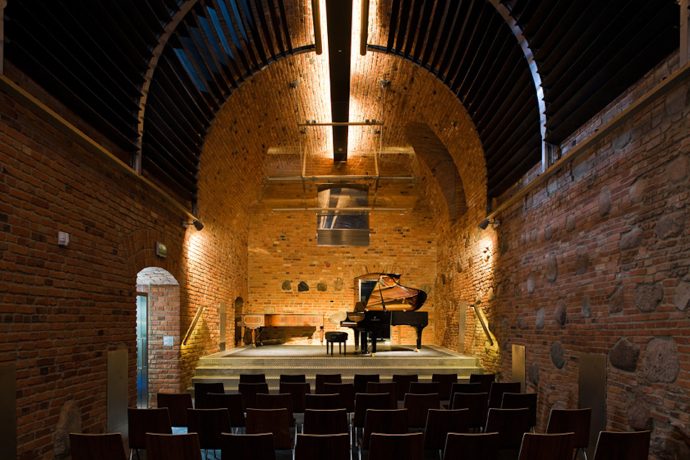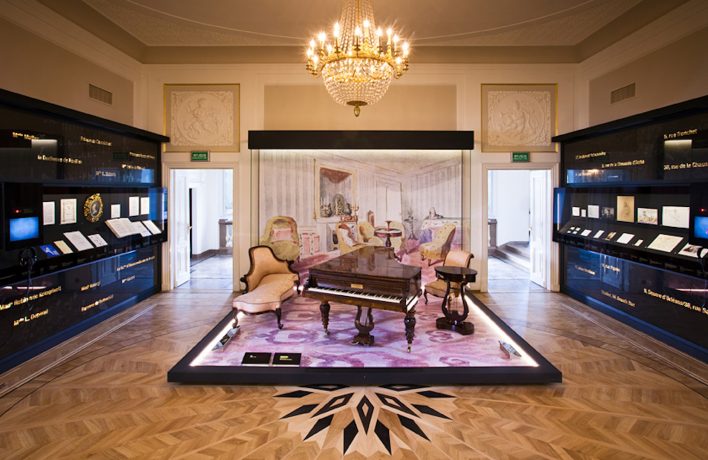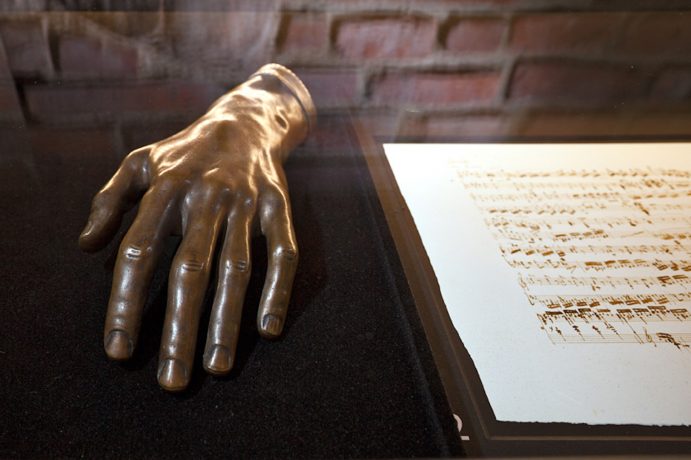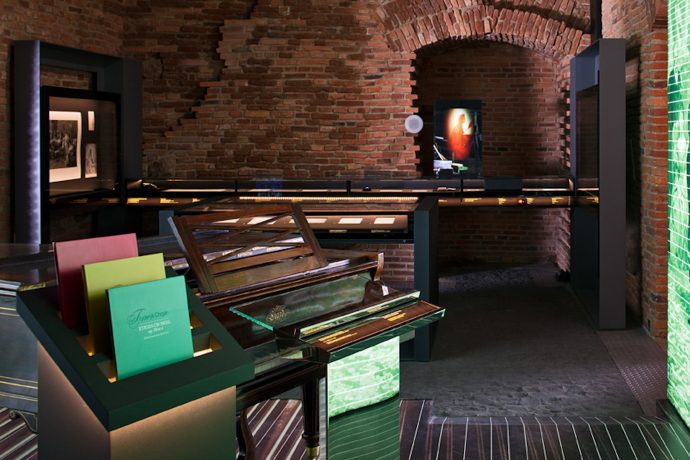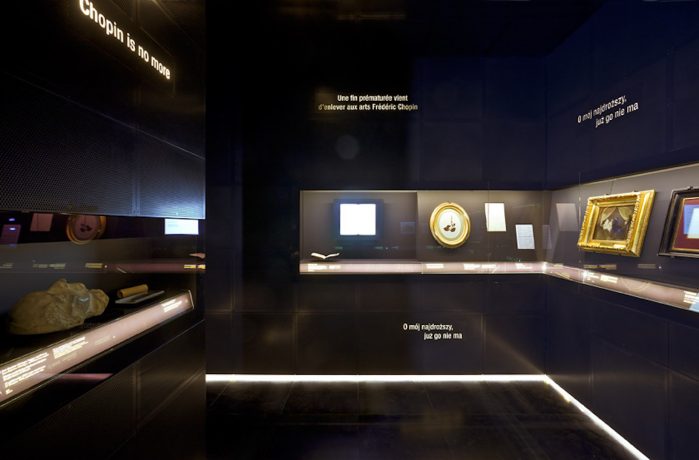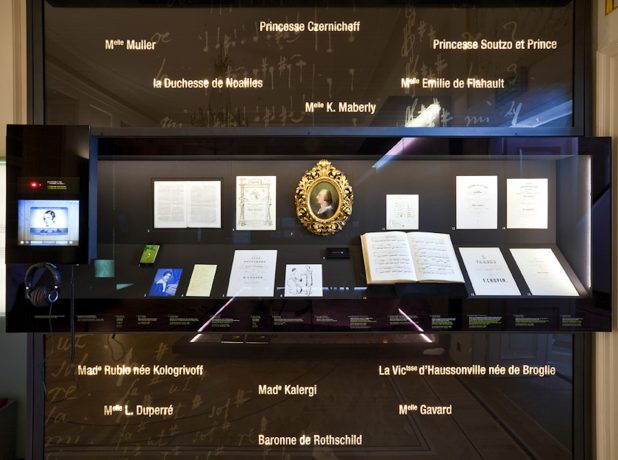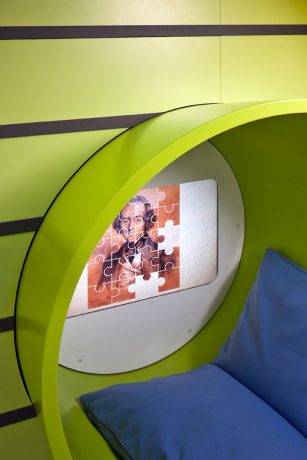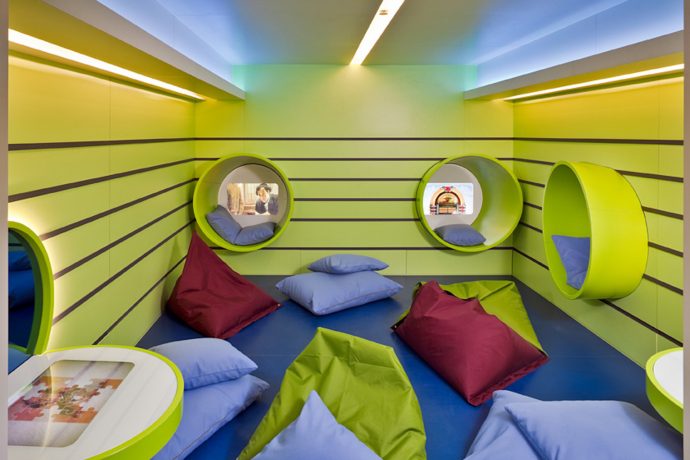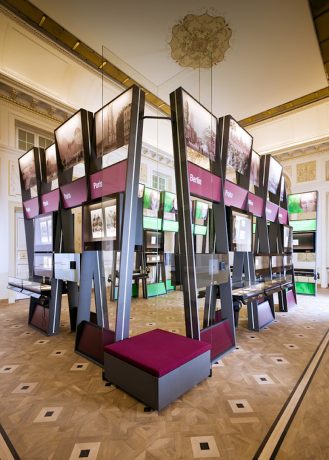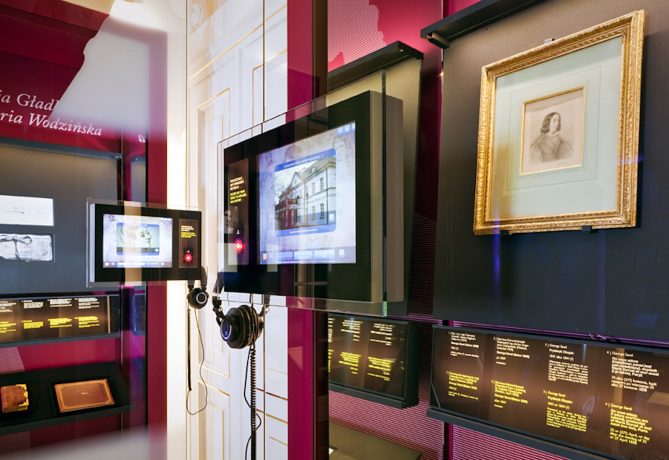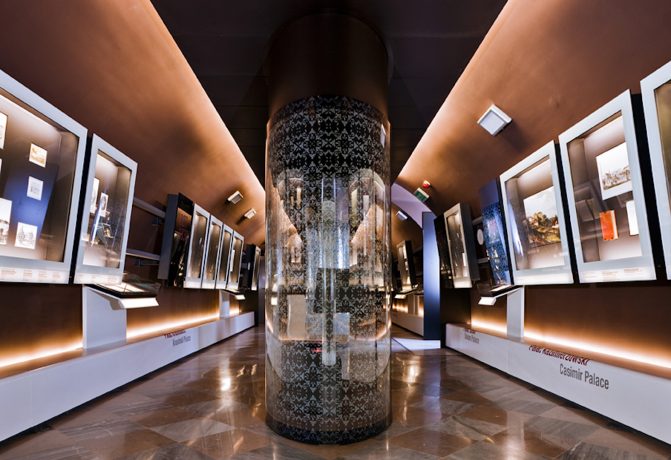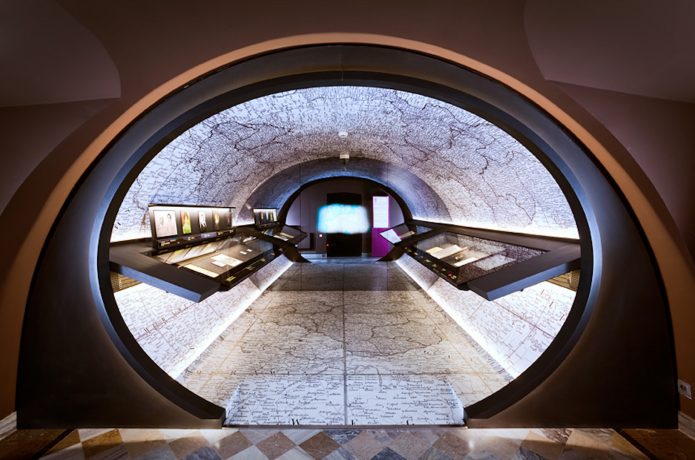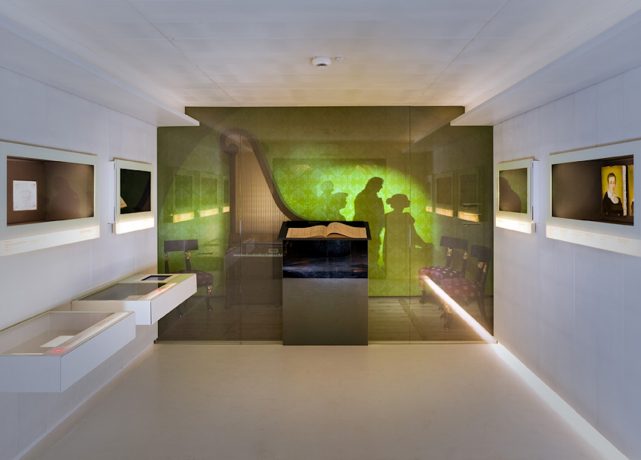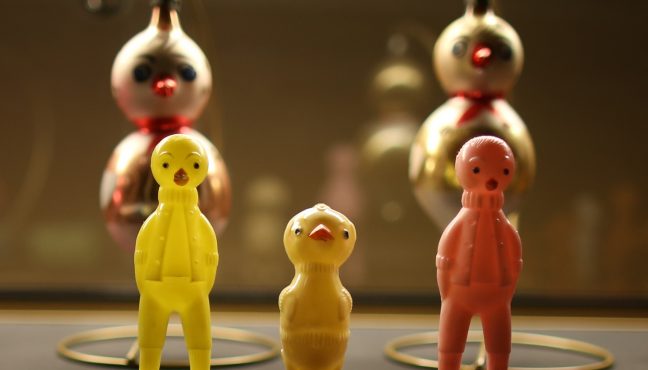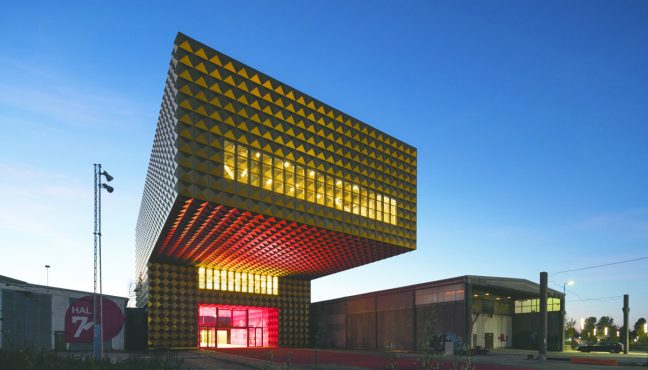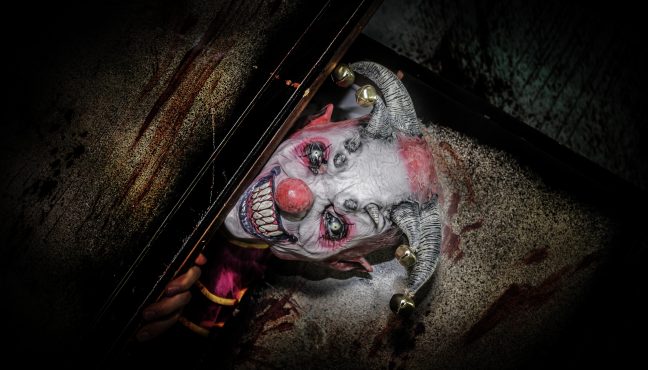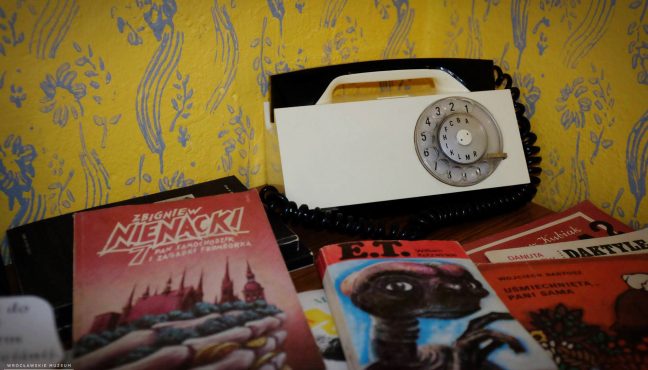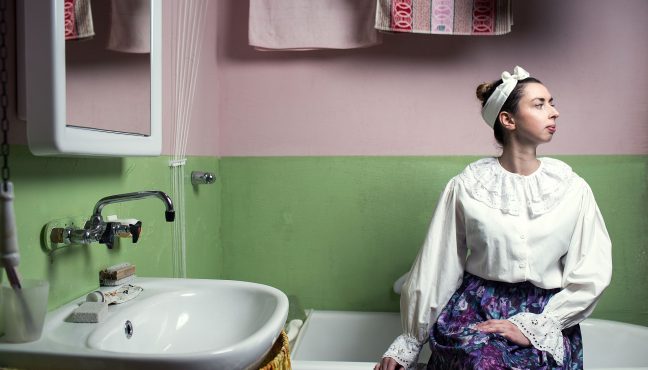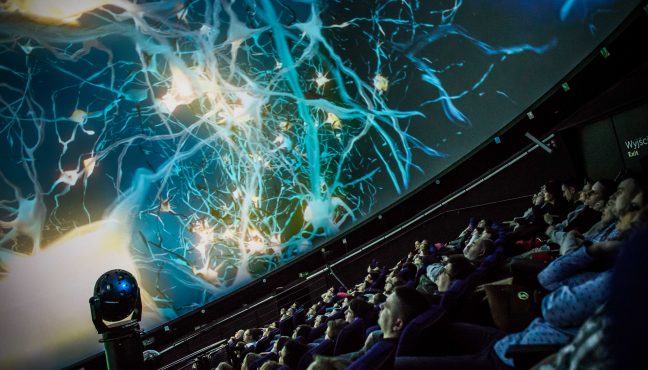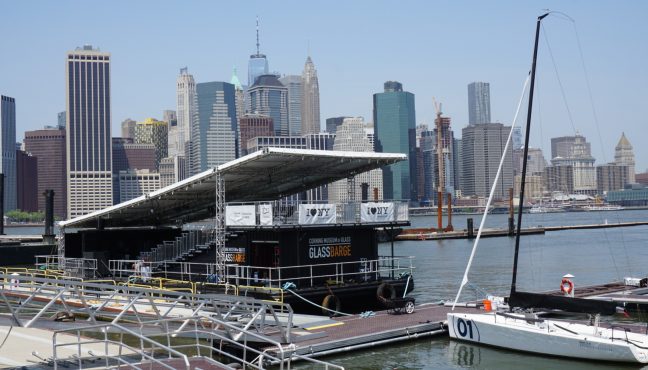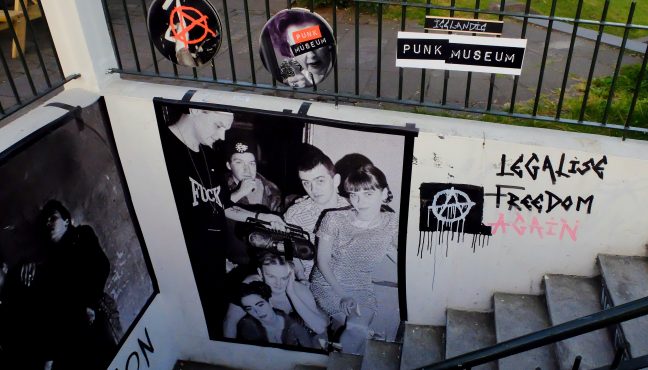A genuine classical music enthusiast will find real bliss while visiting Warsaw, the capital of Poland. Not only is it possible to listen to Chopin's concerts on Sunday noons in the Łazienki Park, but there is also a huge Chopin museum helping visitors experience the childhood, adult life and the genius of the famous composer.
Chopin quickly became a Polish national treasure, even when he was still alive and resided in France during the the Great emigration. Born in 1810 in a little town Żelazowa Wola, he soon moved to Warsaw with his family, where at the age of four he took up piano lessons. Firstly he was taught by his mother, but it quickly turned out that the five year-old needed a professional teacher. By the age of seven he already composed several little pieces, mostly simple polonaises. At the age of eight he was giving concerts to a Russian deputy in Warsaw, Prince Constantine. Supposedly, when little Chopin was playing the Military march, he was always raising his eyes to the ceiling and the Prince was always asking: "What do you see there, kid? Do you have your notes up there?".
He grew into a serious musician fast and his fame was spreading rapidly. He gave his last concert in 1848, when he was only 38, at Guildhall in London, terminally ill with tuberculosis. Though his grave is placed in Paris, at Pere-Lachaise cementery, the Warsaw museum turned into a sanctuary where the genius can be praised.
The museum was first opened in 1955 thanks to the initiative by Frederic Chopin Society, part of the National Frederic Chopin Institute responsible for research of Chopin’s life and work. It is situated in the castle which belonged to Ostrogskich Family, Polish nobles. In 1999 the collection presented in the that part of the Museum (the museum also owns the Chopin family house in Żelazowa Wola) was put on UNESCO Memory of the World International Register.
On the occasion of the composer’s 200th birthday, on March 1st 2010, the museum opened a special multimedia exposition, made by the Italian studio Migliore + Servetto. It converted the museum to the "Open" one, where visitors can discover and experience the exhibits themselves. Guests can choose what they want to see first and how long they want to spend by each display. The whole show is divided into eleven thematic "islands", set between five floors of the castle.
The museum basement always hosts temporary exhibitions, which usually focus on either Chopin’s persona or classical music e.g. back in 2014 the display was called „Little Chopinoscope” and showed the most interesting works of art by children and teenagers inspired by the image and music of Frederic Chopin.
Moving up to level -1, guests enter the space titled "The Pianist" and "The Composer" focused very much on Chopin’s work. Among the exhibits connected to Chopin’s professional life there is his personal calendar for 1848, the copy of molding of Chopin’s left hand (and it is tiny!) made in 1849. There is also a piano that belonged to Frederic’s friend - Ferenc Liszt, famous Hungarian romantic composer. In the "Composer" room guests can listen to Chopin’s music in the specially prepared sets grouped and named after the musical forms - polonaises, sonatas, nocturnes. On this floor there is a concert hall where each Thursday during the academic year visitors can listen to Chopin’s music played by students of the Chopin's Music University.
The ground floor is dedicated to Chopin’s childhood and youth. TVisitors are moved to Żelazowa Wola, where it all began. This space gathers all the souvenirs connected to the family town and Chopin's family. There is a map of central Europe thanks to which visitors can track all the composer’s travels from the young age. On this floor you can also visit different lounges such as "Warsaw", dedicated to the period of twenty years, when Chopin was living in the city, or the room called "Mikołaj Chopin Room" focused on composer’s father. On the same level there is a great area for kids, where little ones can rest or play if they’re not (yet!) interested in the genius of Chopin's music.
One floor up is proudly named "Paris Lounge" and it is the biggest one in the museum. It focuses on the composer’s most exciting life period starting in 1831, when he just arrived in Paris, until his death. Visitors can get insight to Chopin's private life, his relations with Parisian society and his activities as a private piano teacher. Chopin’s guests during his Parisian years were creme de la creme of Polish (though not only Polish) writers, artist and political activists, who, like Chopin himself, were forced to leave Poland after the November uprising. A real pearl of the display is Chopin’s last piano, made by Pleyel company. The next lounge on this level titled "Women" can help you discover the composer's life from a different perspective. The exhibition here concentrates on Chopin’s love life and women in his life, beginning with his mother Justyna and his sister Ludwika finishing with his great love, George Sand. The last room of this floor "Nohat" tells the story of his brief stay at this French village in the central France, where his love affair with George Sand blossomed and where he composed his greatest work.
The top floor of the museum collects all the last memories about Chopin. There is more about composer’s travels, about his personality and finally about his death. Several items are coming directly from his death bed, like dried flowers or the strand of his hair, which belonged to his sister.
The visit to the museum helps to discover and find out more about Chopin's life and work. It gives opportunity to read about it, watch it but most importantly to listen and try to understand it. Thanks to the museum, Chopin officially has two graves: the official one in Paris and the intimate but beautiful one in his homeland, where he left his heart.
